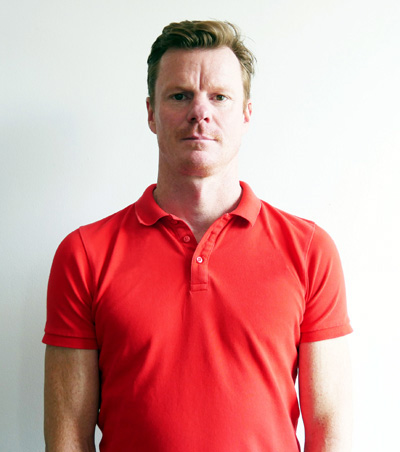Fartlek running originated in Finland in the 1930s and has been used by countless runners and, more recently, multisport athletes ever since.
The basic translation of fartlek is ‘play with speed’, with the aim being to mix your pace within the session but without stopping like you might during an interval session.
What are the benefits of fartleks for triathlon?
The beauty of fartleks is that you can work on many different aspects of your run performance just by changing the speeds you’re hitting and the duration of time you’re hitting them for, a bit like turning the dial to get the right temperature on your oven.
I’m a big fan of fartlek training for triathlon because it requires you to run well while fatigued, which is exactly what you need to do when running off the bike.
The session I’m about to describe is one I used to do a lot (unless [’94 Ironman world champion] Greg Welch was around, then I’d avoid it because he was too quick) and is well known in Australia because it was developed by a famous Australian marathon runner – Steve Moneghetti.
He’s said it was the only top-end speed session he would do in his training week, pretty impressive for a guy who ran 2:08 back in 1990.
Fartlek running session
Warm-up
15mins starting at an easy jog but gradually building to just slower than your 10km
race pace for the final 2-3mins.
You’re aiming to turn on your aerobic system before you start.
3-5 x 80-100m extended strides with either 20secs recovery between each or a slow jog back to your starting point.
Aim to get to 80-90% of your top-end speed by the end of each stride but make sure you’re holding good form – you want nice relaxed arms and shoulders, good posture, and short ground contact time.
Main set
• 90secs on, 90secs off
• 60secs on, 60secs off
• 45secs on, 45secs off,
• 2 x [30secs on, 30secs off]
• 2 x [15secs on, 15secs off].
Do 1-2mins of easy running then repeat the main set, either the same way or in reverse, starting with the 15sec efforts.
For this session, the aim is to work on VO2 max, so we want to push the ‘on’ sections hard and take the ‘off’ sections pretty easy.
Intensity-wise you’re looking at 8-9 out of 10 on an RPE scale [rate of perceived exertion, aka how hard you feel you’re working] for the ‘on’ and 2-3 on the ‘off’, but you’re always moving. Again, focus on holding good form.
This type of work is good to do relatively soon (4-5 weeks) after your off-season break and before you begin to do your more race-specific threshold work.
This is because it will develop your top-end aerobic capacity and improve your efficiency at higher speeds. This then gives your aerobic threshold space to move up into.
The beauty of this type of session is that you can change the speeds of the ‘on’ and ‘off’ and get very different sessions that can move with your performance goals.
When you’re aiming to get race specificity, move the ‘on’ to just above your 5km or 10km race pace and your ‘off’ to just below that pace.
This ‘switching’ is a great stimulus to your aerobic system and, if done in the right way, can really move your performance forward.
Top image credit: Getty Images
